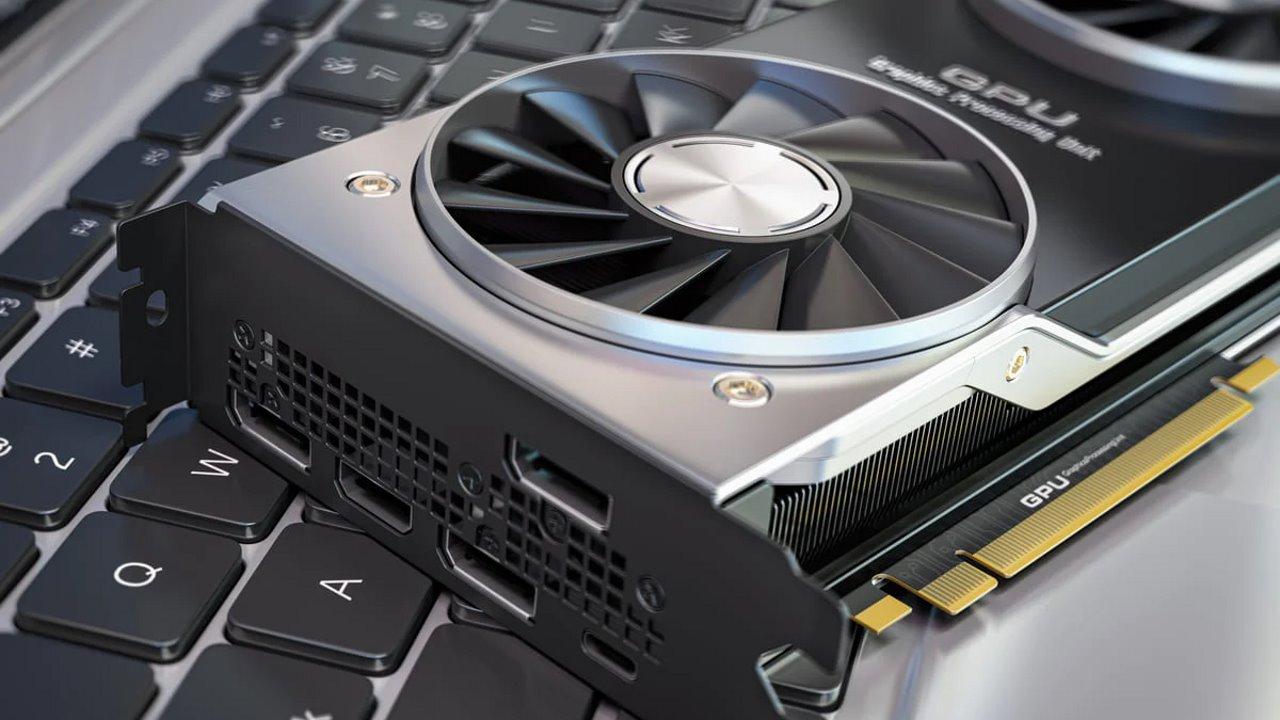If there’s one thing about computing, it’s that it’s a world of nomenclature and acronyms that can sometimes be confusing. It is not uncommon that there are components with similar characteristics, but due to some differences they are given another name or acronym. This happens with the graphics cardswhere we have the iGPU, eGPU and dGPUbut do you really know the difference between these acronyms?
What we colloquially call a graphics card is a set of elements. We are talking about the PCB on which the GPU, VRAM, power phases, video connectors and other elements are soldered. Often the term graphics card is used simply to refer to the GPU.
What does each term mean?
A graphics processing unit or GPU is a coprocessor dedicated to graphics processing or floating point operations. This means offloading the processor from complex and heavy tasks that would be difficult to complete. Thus, the tasks of interactive 3D applications or video games are executed by the GPU.
Now that we know the basic concept of GPU, it’s time to see the differences between iGPU, eGPU and dGPU. All three acronyms refer to the graphics processing unit, but, arguably, they have different characteristics or “locations”. Let’s differentiate each of these terms:
dGPU (dedicated graphics processing unit)
It refers to GPUs that are dedicated and independent of anything else. In fact, it refers to any AMD and NVIDIA graphics card, and more recently, Intel Arc.

It refers to GPUs integrated into the same processor package. They can also be found called integrated graphics. AMD commercially calls processors that include an iGPU as APUs.

eGPU (external graphics processing unit)
This is a relatively new term that refers to all graphics cards located outside of the computer or laptop tower. This requires a specific case or chassis where to install a dedicated graphics card or dGPU. Since they are connected as if they were a device to the system, they are usually distinguished by the term eGPU.
We should clarify that many claim that dGPUs also refer to discrete graphics processing units, which is a mistake. If a graphics card is discrete and is installed via a PCIe interface, it is a dGPU, while if it is a discrete graphics card integrated into the process, it is an iGPU.
Performance differences
You can somewhat guess that there are performance differences between these types of GPUs. In terms of performance, we can say that:
- iGPU: They are very low consumption and are designed to produce mainly video. Some models may offer enough computing power to run light games and perform various graphics settings.
- eGPU: It depends on the model, but all offer significantly more power than any iGPU. Even if they use a dGPU, the performance will be lower than integrated graphics in a computer. The reason is that the communication interface generates latency and therefore a loss of performance.
- GPU: The most powerful of all and the ones that will always offer the best features. They communicate directly with the processor via a high-bandwidth interface. Additionally, they have additional technologies that allow you to take advantage of other system resources such as RAM or SSD.








